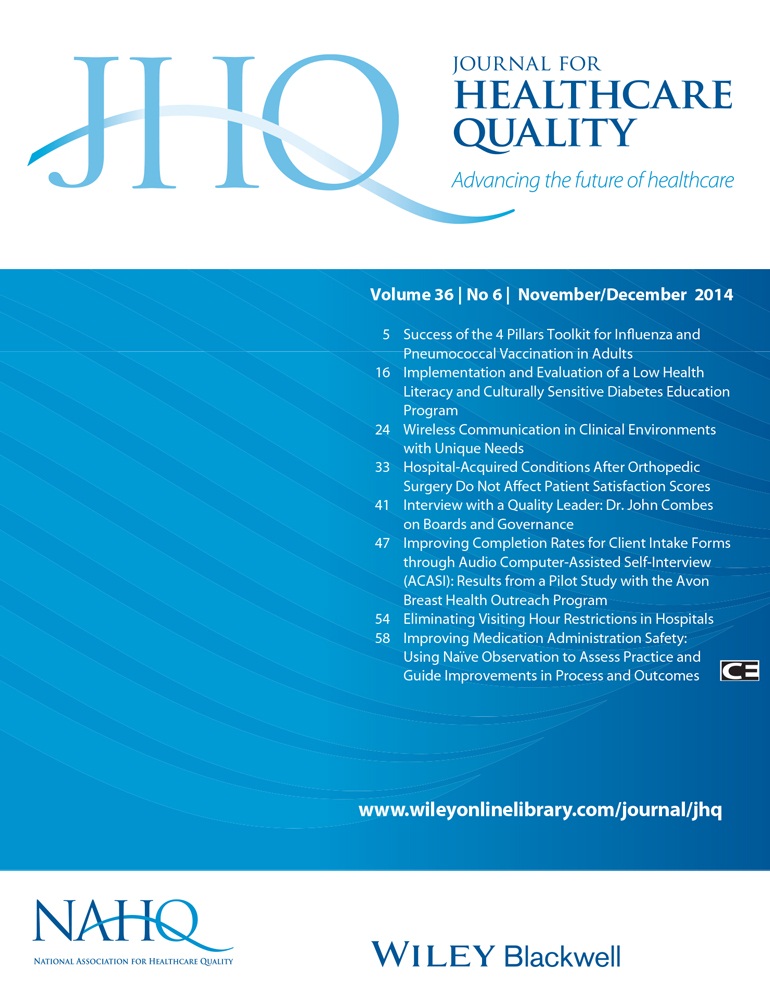Brief Report on Obstetricians’/Gynecologists’ Distribution of Scarce Resources
Abstract
On a day-to-day basis, doctors must decide which treatments are most beneficial for their patients, and which make the most sense in terms of costs. In medical decision making, factors such as efficiency and cost-effectiveness can be particularly challenging to navigate because many of the most expensive procedures encountered in medical practice are also high-stake treatments for patients. One-hundred-six obstetricians–gynecologists (Obs/Gyns) completed a survey asking them to allocate the following resources in scenarios in which they are scarce: human papilloma virus (HPV) vaccinations, mammograms, and in vitro fertilization (IVF) treatments. Additional questions focused on how fairness and cost-effectiveness factored into the allocation decisions of each group. Results indicated that Obs/Gyns were more efficient in their distribution of HPV vaccinations and mammograms than in their distribution of IVF treatments. More efficient responding was associated with placing less emphasis on fairness in decision making. This study demonstrates the differences that exist in the emphasis that physicians place on medical evidence, cost, outcomes, and perceptions of fair (equal) allocation when faced with different costs and health impacts.




